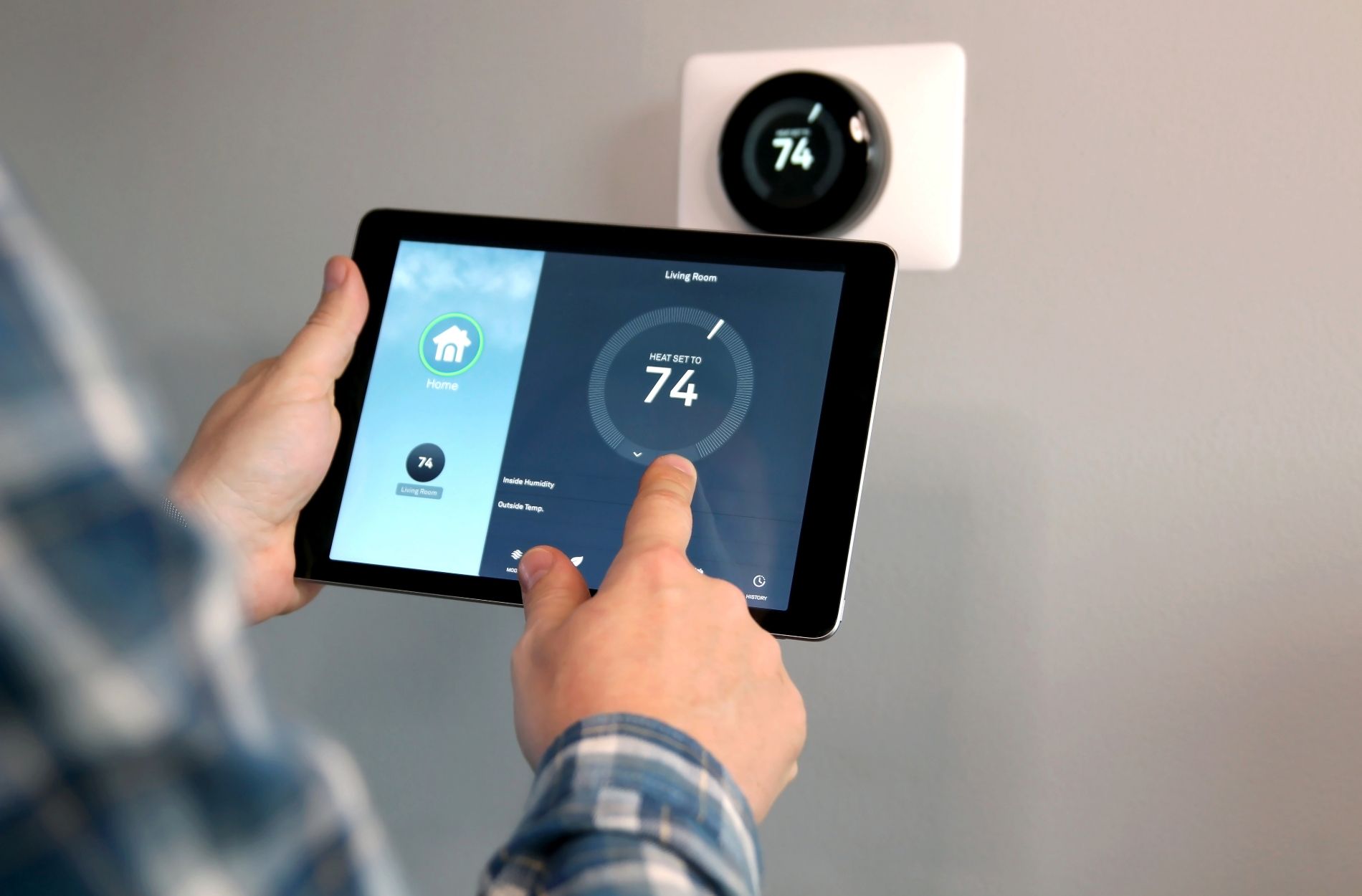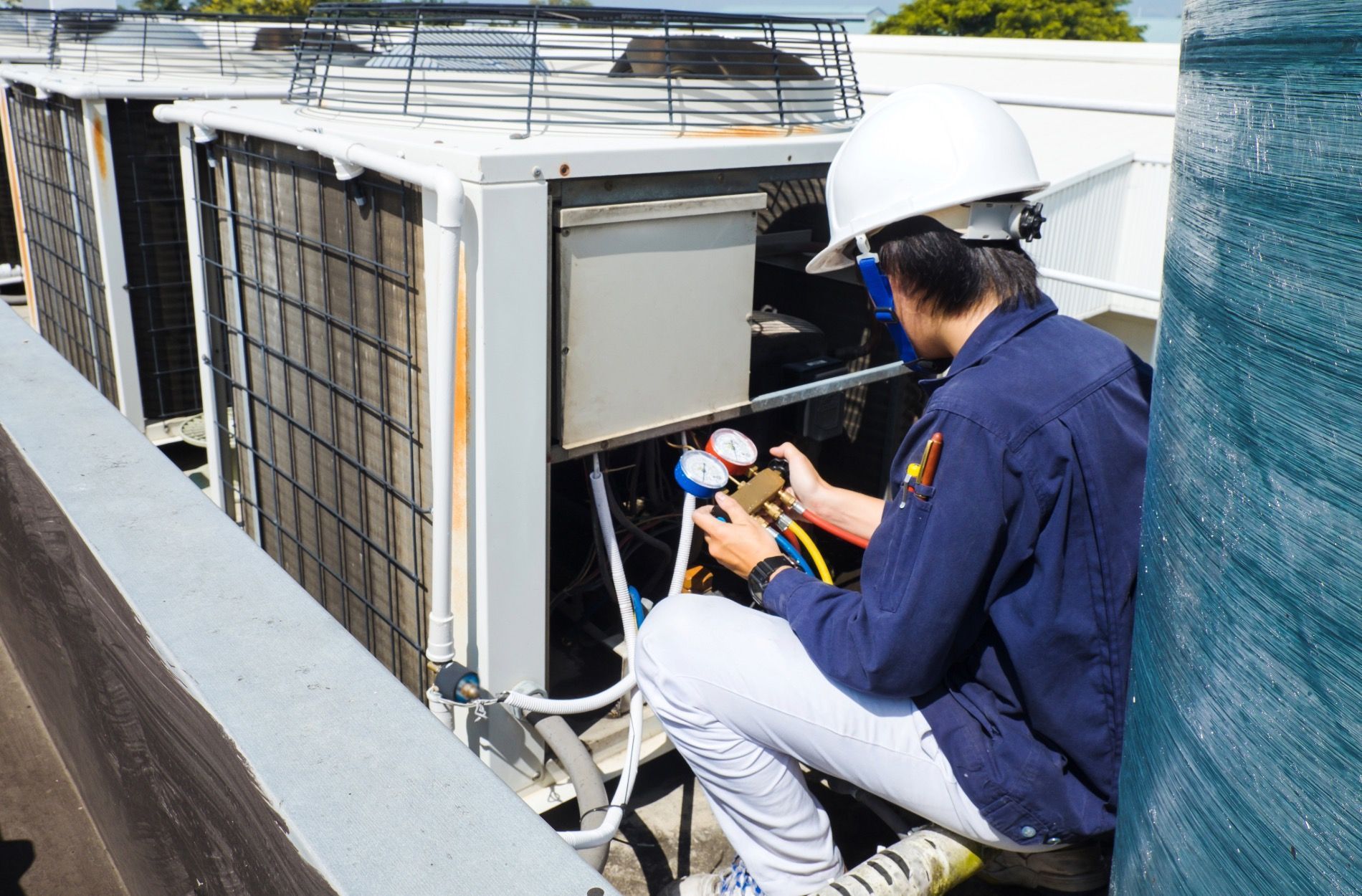Exploring the Connection Between Indoor Air Quality and Health: Protect Your Well-being
Indoor air quality (IAQ) is often taken for granted, but it plays a critical role in maintaining a healthy and comfortable living environment. Poor indoor air quality can have significant and long-lasting effects on the health and well-being of you and your family, making it an essential consideration in your home. From allergens such as dust, mold, and pollen to harmful pollutants like volatile organic compounds (VOCs) and carbon monoxide, various factors can contribute to reduced IAQ. This blog post aims to shed light on the link between indoor air quality and the health of your household, and provide actionable steps towards ensuring optimal air quality in your home.
The importance of indoor air quality cannot be overstated, especially when considering that the average person spends around 90% of their time indoors. Poor indoor air quality can make your home susceptible to a range of health issues, including headaches, fatigue, respiratory problems, allergies, and even long-term chronic illnesses. Some vulnerable groups, such as children, the elderly, or those with pre-existing respiratory or cardiovascular conditions, may be particularly susceptible to the adverse effects of poor IAQ.
An adequately maintained HVAC system plays a pivotal role in regulating and enhancing indoor air quality. From cleaning air filters and ducts to ensuring proper ventilation and humidity control, a well-functioning HVAC can go a long way in ensuring a healthy and comfortable living space. By working with experienced HVAC professionals and implementing the right equipment and strategies, you can drastically transform the air quality in your home and safeguard the health of you and your family.
In the following sections, we will delve deeper into the factors affecting indoor air quality, the potential health implications of poor IAQ, and the practical steps you can take to enhance the air you breathe within your home.
The Impact of Indoor Air Quality on Health and Well-being
Common Indoor Air Pollutants
A variety of pollutants and allergens can negatively affect your indoor air quality. Here are some of the most common indoor air contaminants:
1. Dust and pet dander: These allergens can trigger respiratory issues and allergies in sensitive individuals.
2. Mold and mildew: Excessive moisture can lead to mold and mildew growth, which can cause respiratory problems, headaches, and other health concerns.
3. Volatile organic compounds (VOCs): Emitted by a range of household products, VOCs can cause headaches, dizziness, and long-term health risks.
4. Combustion byproducts: Inadequate ventilation around fuel-burning appliances can lead to dangerous levels of carbon monoxide and nitrogen dioxide in your home.
Health Implications of Poor Indoor Air Quality
Here are some of the most common health problems associated with poor indoor air quality:
1. Respiratory issues: Allergens and pollutants can irritate the respiratory system, leading to an increased risk of asthma, bronchitis, and other respiratory conditions.
2. Allergies: Exposure to dust, pet dander, mold, and other allergens can cause allergy symptoms such as sneezing, itching, and difficulty breathing.
3. Headaches and fatigue: Poor indoor air quality can trigger headaches or exacerbate existing conditions like migraines. Additionally, it can contribute to chronic fatigue and a general feeling of unwell.
4. Long-term health risks: Prolonged exposure to indoor air pollutants, such as VOCs and carbon monoxide, can lead to serious health issues like heart disease, cancer, and neurological disorders.
Improving Indoor Air Quality with Your HVAC System
Your HVAC system plays a crucial role in maintaining optimal indoor air quality. Follow these steps to ensure your HVAC system enhances the air quality in your home:
1. Regularly change air filters: Clogged and dirty air filters can negatively impact your indoor air quality. Replace or clean your air filters every one to three months to ensure optimal airflow and filtration.
2. Maintain proper humidity levels: High humidity can trigger mold and mildew growth, while low humidity can cause dryness and discomfort. Use a humidifier or dehumidifier, as needed, to maintain a healthy indoor humidity level between 30% and 50%.
3. Invest in air purification: Consider installing an air purifier or upgrading your HVAC system with a HEPA filter to remove fine particles, allergens, and other pollutants from the air.
4. Schedule regular HVAC maintenance: Professional technicians can inspect, clean, and repair your HVAC system to ensure efficient operation and optimal air quality throughout your home.
Additional Strategies for Improving Indoor Air Quality
In addition to maintaining your HVAC system, here are some additional steps you can take to improve the air quality in your home:
1. Improve ventilation: Ensure proper ventilation by opening windows, using exhaust fans, or installing a whole-home ventilation system to increase fresh air circulation.
2. Control moisture: Prevent mold and mildew growth by addressing sources of moisture, such as leaky pipes or poorly ventilated bathrooms. Use a dehumidifier if needed to maintain balanced humidity levels.
3. Reduce VOCs: Choose low-VOC household products, such as paints and cleaning supplies, to minimize and avoid harmful emissions.
4. Keep your home clean: Regular cleaning, including dusting and vacuuming, can help control allergens and pollutants in the home.
The Benefits of Partnering with Professional HVAC Technicians
Working with experienced HVAC technicians can greatly enhance your home's indoor air quality. Professionals can:
1. Conduct a comprehensive assessment of your home's air quality to identify potential risks and recommend improvements.
2. Offer expert advice on air purification systems and other advanced solutions tailored to your specific needs.
3. Provide maintenance services, such as duct cleaning and HVAC tune-ups, that help ensure your system operates efficiently and optimally.
4. Install and maintain the right HVAC system components to help control contaminants, regulate humidity, and ensure proper ventilation.
Conclusion
Understanding the critical connection between indoor air quality and your health is paramount in creating a safe and comfortable living environment. A well-maintained HVAC system, paired with additional strategies to control pollutants and allergens, can significantly improve the air quality in your home and protect the well-being of you and your family.
By partnering with experienced HVAC contractors, you can benefit from expert guidance and services tailored to your specific needs, enhancing your home's indoor air quality and ultimately safeguarding your family's health.


